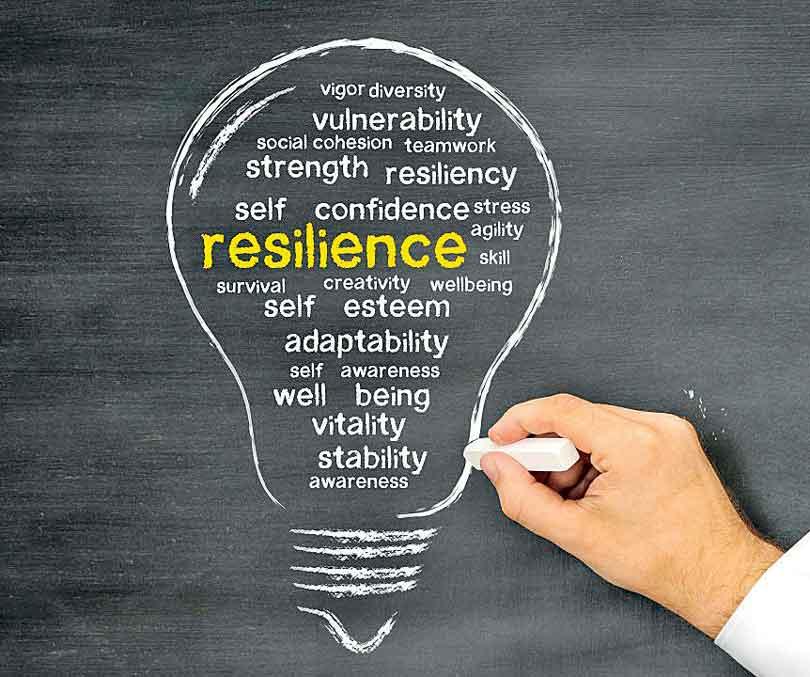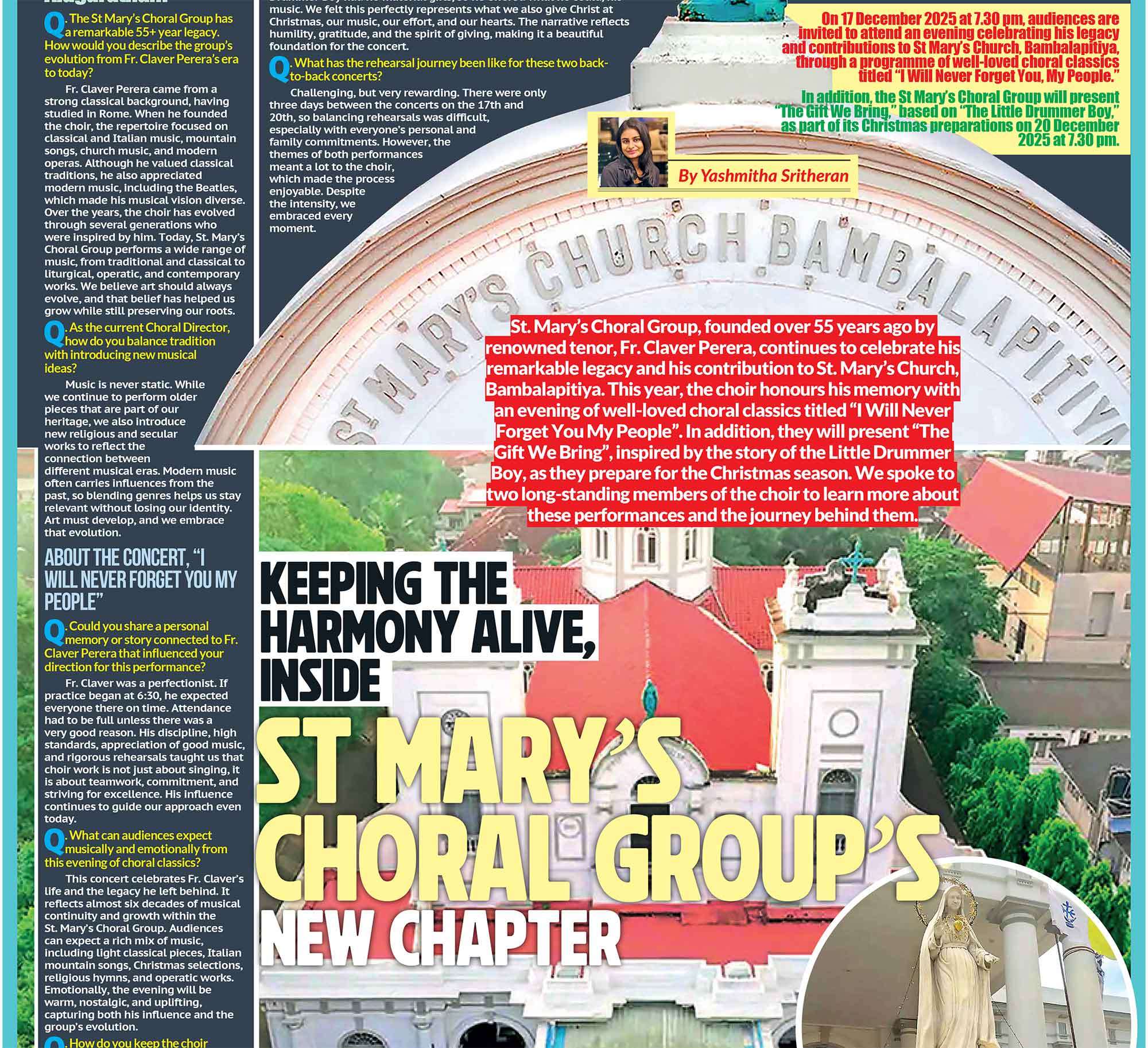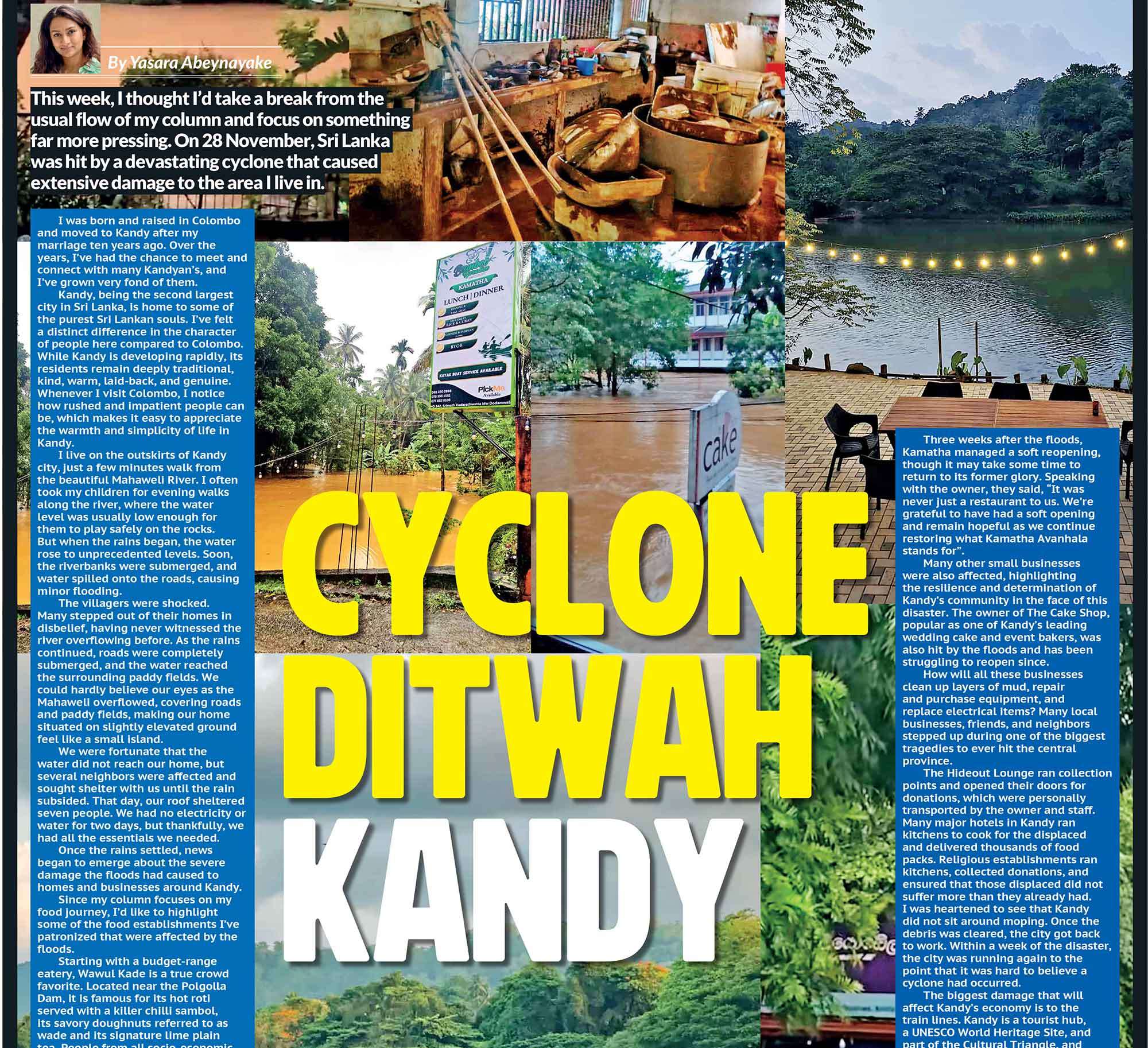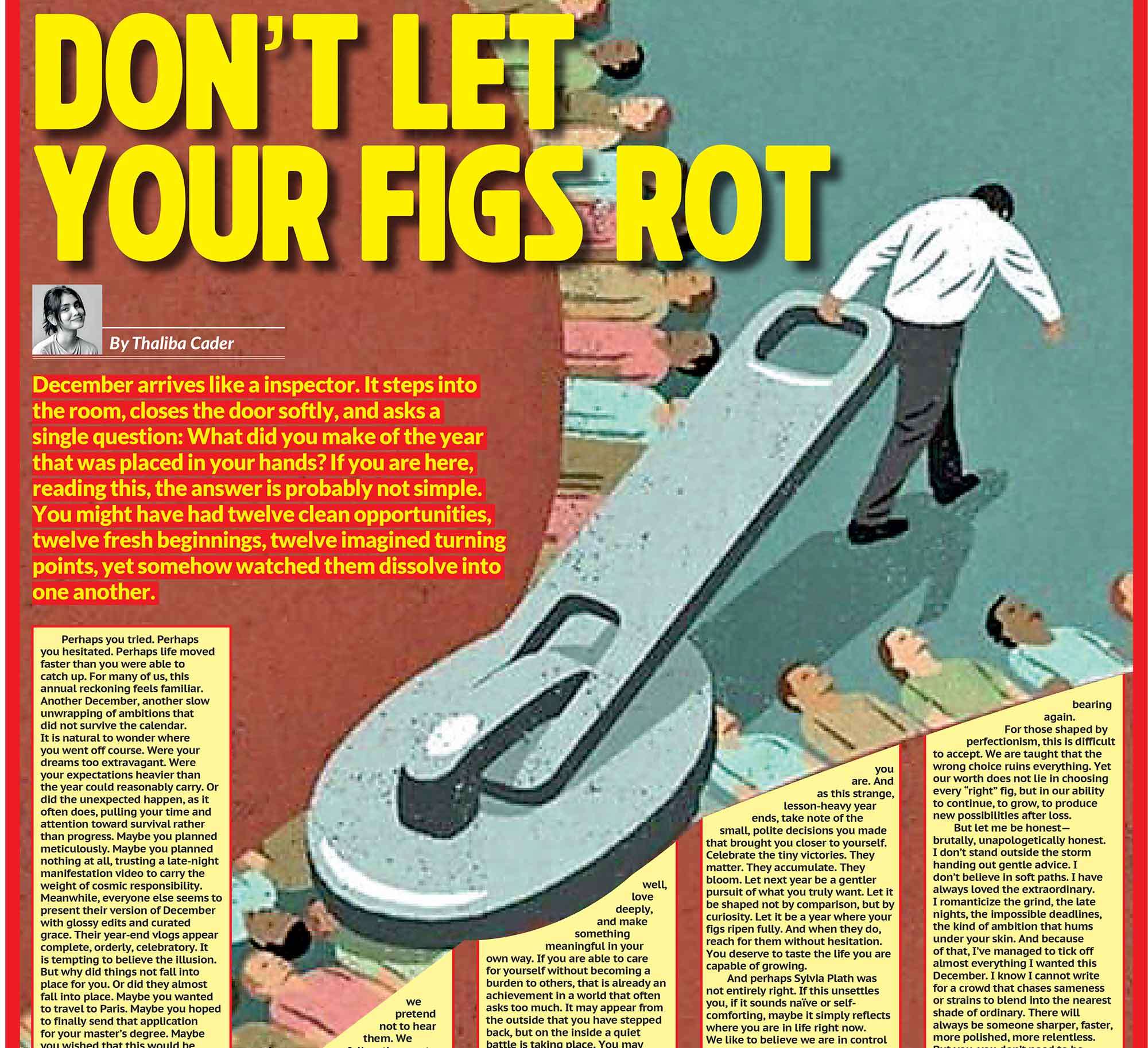



Me at age 20 traveling across the South of Italy
 When I was growing up, slippers could fly. Not figuratively, but quite literally across the room. Discipline was swift, emotional, and entirely unfiltered. It was how many of us learned boundaries, accountability, and a certain rough-edged resilience. You got scolded, you cried, you moved on. You learned that life was not always kind, that disappointment did not destroy you, and that tomorrow was another chance to try again. Now, decades later, I look around at a world that has changed. The next generation is growing up surrounded by screens that talk back, by devices that reward and punish with instant feedback. They live in a world of affirmation and exposure, where failure can feel not just painful but public. And whether you are a parent, an employer, a teacher, or the cool aunt or uncle who listens more than lectures, we all face the same question: how do we help them build resilience in a world that prizes comfort?
When I was growing up, slippers could fly. Not figuratively, but quite literally across the room. Discipline was swift, emotional, and entirely unfiltered. It was how many of us learned boundaries, accountability, and a certain rough-edged resilience. You got scolded, you cried, you moved on. You learned that life was not always kind, that disappointment did not destroy you, and that tomorrow was another chance to try again. Now, decades later, I look around at a world that has changed. The next generation is growing up surrounded by screens that talk back, by devices that reward and punish with instant feedback. They live in a world of affirmation and exposure, where failure can feel not just painful but public. And whether you are a parent, an employer, a teacher, or the cool aunt or uncle who listens more than lectures, we all face the same question: how do we help them build resilience in a world that prizes comfort?
The Sea and the Swimmer
When I was a teenager, I read ‘The Road Less Travelled’ by the American psychotherapist M. Scott Peck. The first line has stayed with me: “Life is difficult.” Peck argued that our deepest struggles come not from life’s challenges but from the expectation that life should be free of them. When a problem arrives, we treat it as an interruption rather than the very texture of existence. That idea changed me. It made me think of life as swimming in the sea. If you expect the waves, you prepare. You brace yourself, turn your face, hold your breath, and wait for the swell to pass. But if you expect calm, the first wave will shock you, and panic will pull you under. Resilience begins with expecting the waves.
The Calm Sea Illusion
The young people of today have grown up in what looks like an endless calm. Social media makes every life seem perfect. Everyone else appears happier, more confident, more successful. And so, when the waves come, an exam that goes wrong, a friendship that falters, a dream that falls through, many of them feel it as catastrophe, not correction. Research from Harvard and the University of Pennsylvania shows that the expectation of ease has quietly eroded coping skills. The constant exposure to comparison creates what psychologists call “anxiety loops.” When perfection feels possible, every imperfection feels like failure. But the truth is this: waves are inevitable. The question is not whether they come, but whether we know how to breathe when they do.
Resilience Is Not a Solo Act
For years, resilience was described as a personal trait, a private store of grit. The myth of the lone fighter who simply toughs it out. But studies now show that resilience is deeply relational. In The Secret to Building Resilience, researchers from Harvard found that people who recover fastest from difficulty are those surrounded by supportive connections. Their networks help them reframe setbacks, share burdens, and regain perspective. They do not power through in silence, they reach out. This is something every one of us can help cultivate. If you manage young people, be the kind of leader who listens before you instruct. If you are mentoring a colleague or guiding a niece or nephew, be steady ground.
When they fail, do not rush to rescue or criticise. Sit with them in the mess. Help them make sense of it. Remind them that failure is feedback, not finality. Resilience grows in conversation long before it shows up in crisis.
The Two Mindsets
In Martin Seligman’s Building Resilience, he describes two composite characters, Douglas and Walter. Both were Wall Street professionals who lost their jobs. Douglas mourned for two weeks, then told himself, “It is not me. It is the economy.” He sent out resumes, faced rejection after rejection, and finally found work again. Walter, on the other hand, sank into self-blame. “I failed because I am not good enough.” Even as the economy recovered, he never applied again. He stopped trying. Douglas and Walter are not two men; they are two mindsets. The difference lies in what psychologists call explanatory style, how we interpret setbacks. Optimists like Douglas see adversity as temporary and specific: “This situation is tough, but it will pass.” Pessimists like Walter see it as permanent and global: “This always happens to me.” The thought you choose in the moment of failure becomes the foundation of your resilience. It is not the event that defines you, but the story you tell yourself about it.
Optimism as Skill, Not Mood
Optimism is not a smile pasted over struggle. It is a discipline of thinking. Seligman’s research on the Penn Resiliency Program found that optimism can be taught. Children and adults can learn to catch catastrophic thoughts, question them, and replace them with realistic but hopeful interpretations. The U.S. Army adopted this research in its Comprehensive Soldier Fitness program, training soldiers to strengthen psychological fitness through what they call PERMA: Positive emotion, Engagement, Relationships, Meaning, and Accomplishment. It works because resilience is not just about bouncing back; it is about growing forward. In civilian life, this translates to teaching our young people three things:
- How to reframe adversity - to see it as challenge rather than failure.
- How to regulate emotion - to pause before reacting.
- How to extract meaning - to ask not “Why me?” but “What now?”
Whether in the workplace or at home, optimism is the bridge between stress and growth.
Scaffolding, Not Shelter
One of the most powerful concepts from child and adolescent psychology is “scaffolding.” It means providing enough support for someone to stretch and learn, but not so much that they never struggle. It is how we all learned to walk, with someone holding our hand just enough, then letting go. When we shield young people entirely from difficulty, we build dependency, not strength. When we abandon them to it, we build despair. Resilience grows in the middle ground, where struggle is safe but real. If you are a manager, let a young employee handle a tough project and back them with feedback. If you are a teacher, let your students fail small before the stakes are high. If you are a friend or relative, resist solving every problem. Ask questions instead. Guide do not guard.
Learning from the Douglas’s
The most resilient people share common traits, identified in decades of research. These traits are not personality quirks, they are habits that can be practiced.
1. Optimistic reframing
They see setbacks as temporary and specific. “This went wrong, but it can be fixed.”
2. Emotional regulation
They feel deeply but recover quickly. They have learned to name emotions rather than drown in them.
3. Purpose and meaning
They connect effort to something larger. When life feels hard, purpose provides direction.
4. Connection
They have networks of care, people who remind them who they are when they forget.
5. Self-awareness
They reflect rather than react. They ask, “What can I learn from this?” before “Why did this happen to me?”
These are the muscles we can help others build, one conversation, one challenge, one recovery at a time.
From Helplessness to Hope
Seligman’s most enduring finding was that helplessness can be unlearned. When people understand that their beliefs shape their emotions, they realise they have more control than they thought. In workplaces, this means training young professionals to see setbacks as data. In families, it means encouraging reflection instead of shame. In schools, it means teaching children that mistakes are not proof of failure but evidence of effort. When we move from “This defines me” to “This teaches me,” we reclaim agency, and agency is the heartbeat of resilience.
Post-Traumatic Growth
The term sounds clinical, but the idea is deeply human. Post-traumatic growth describes how people emerge from hardship with renewed appreciation, strength, or purpose. They do not deny pain; they transform it. This happens when we help others narrate their challenges as stories of change, not collapse. “I was tested. I learned. I grew.” Every struggle can become a fork in the road that leads to deeper empathy and meaning. Whether it is a student missing a scholarship, a young employee facing redundancy, or a teenager nursing heartbreak, our role is to help them find the thread of growth. What did you learn about yourself? What new door opened? What value emerged? That is resilience in motion.
Building a Culture of Resilience
Resilience is not just an individual skill; it is a cultural value. Sri Lankans always understood community. The families are extended, our workplaces personal, our friendships enduring. That cultural closeness can become our greatest strength if we use it intentionally - to talk, to listen to support. Imagine a society where failure is not shameful but instructive. Where young people see elders, managers, and mentors model recovery, not perfection. Where conversations about struggle are normal and empathy is leadership. That is the kind of culture that produces resilient generations.
The Quiet Lesson
Sometimes I wonder if my generation, with our flying slippers and unfiltered scoldings, had an accidental advantage. We learned early that discomfort was survivable. But the goal is not to return to those days. The goal is to blend the best of both worlds, the empathy of today with the endurance of yesterday. Whether you are a parent or not, you have a role in shaping resilience in the next generation. Every time you encourage, listen, challenge, or believe in a young person, you are helping them learn how to breathe through the waves. Resilience is not toughness without tenderness. It is tenderness that endures. It is not being unbreakable; it is knowing that even if you bend, you will straighten again. So let us teach them to expect the waves. To breathe deeply. To rise again.
About The Writer
Farzana Baduel, President-elect (2026) of the Chartered Institute of Public Relations and CEO and Co-founder of Curzon PR (UK), is a leading specialist in global strategic communications. She advises entrepreneurs at Oxford’s Said Business School, co-founded the Asian Communications Network (UK), and serves on the boards of the Halo Trust, and Soho Theatre. Recognised on the PRWeek Power List and Provoke Media’s Innovator 25, she also co-hosts the podcast, Stories and Strategies. Farzana champions diversity, social mobility, and the power of storytelling to connect worlds.











